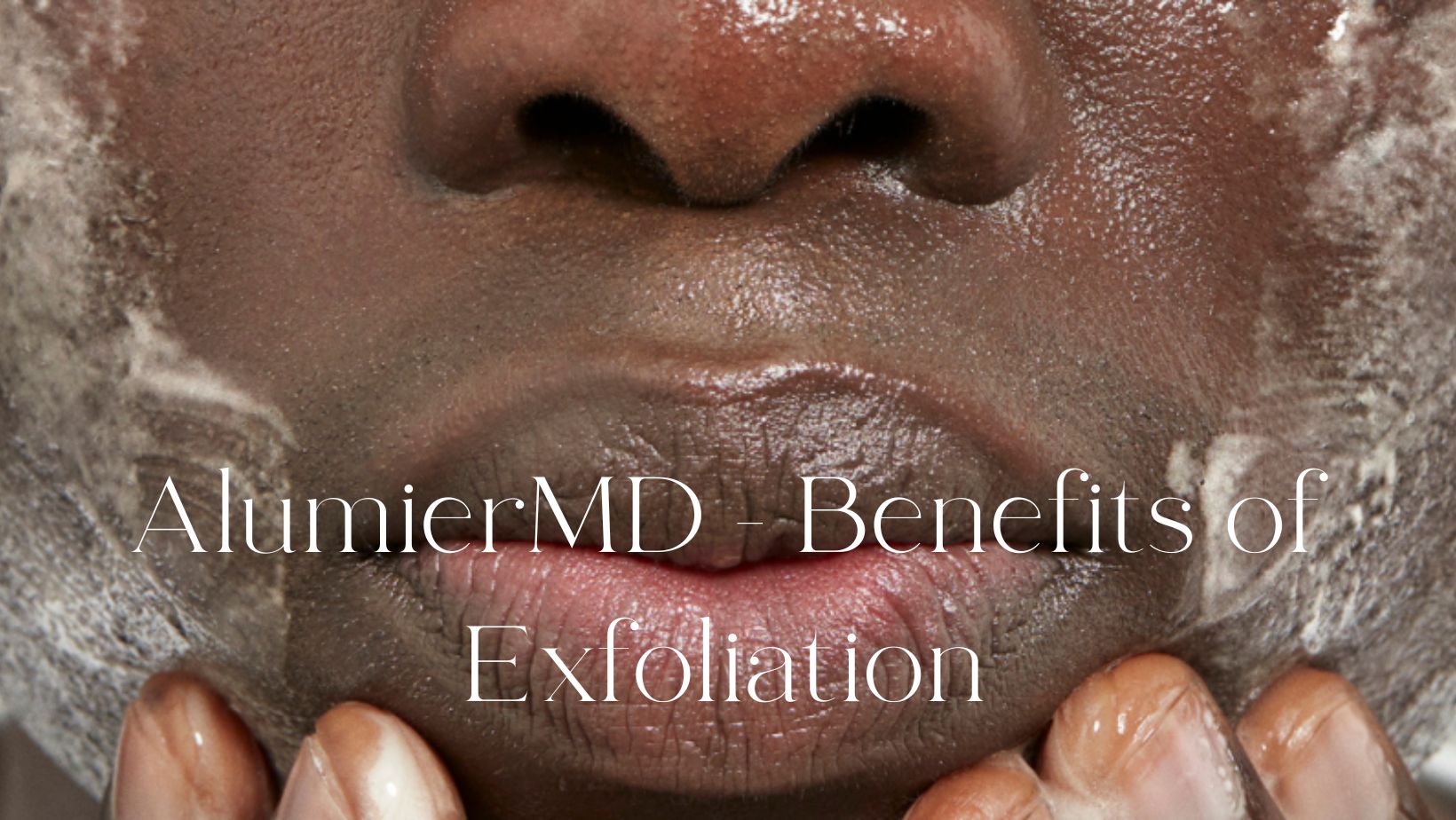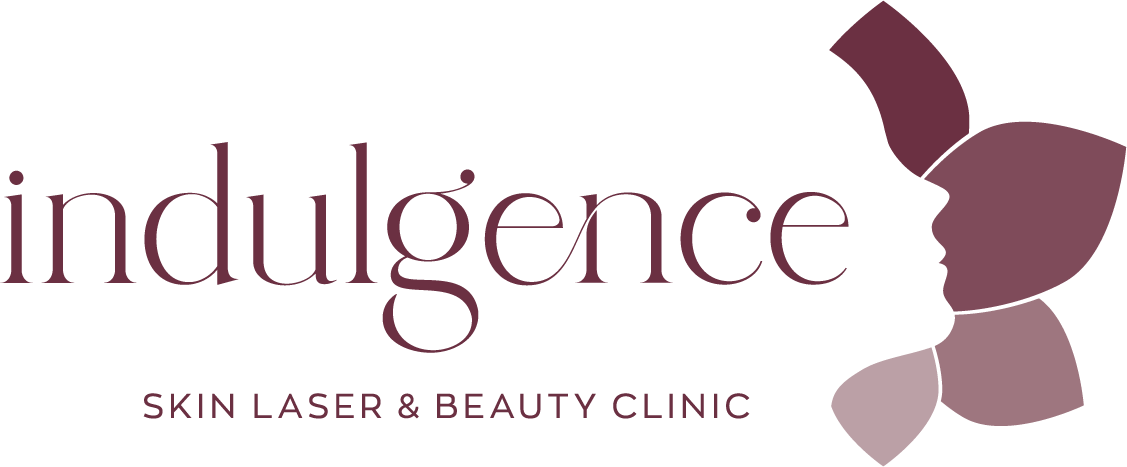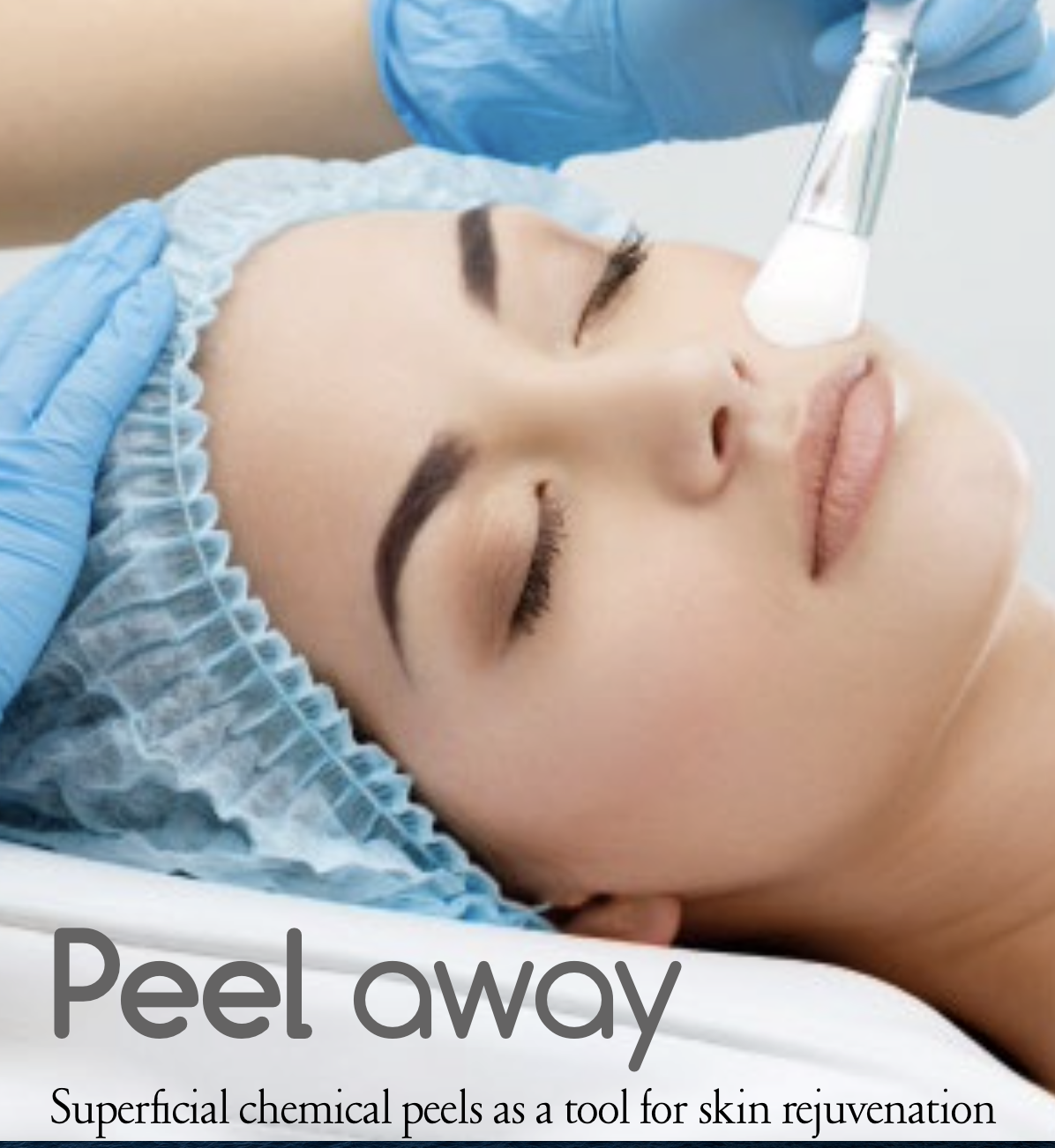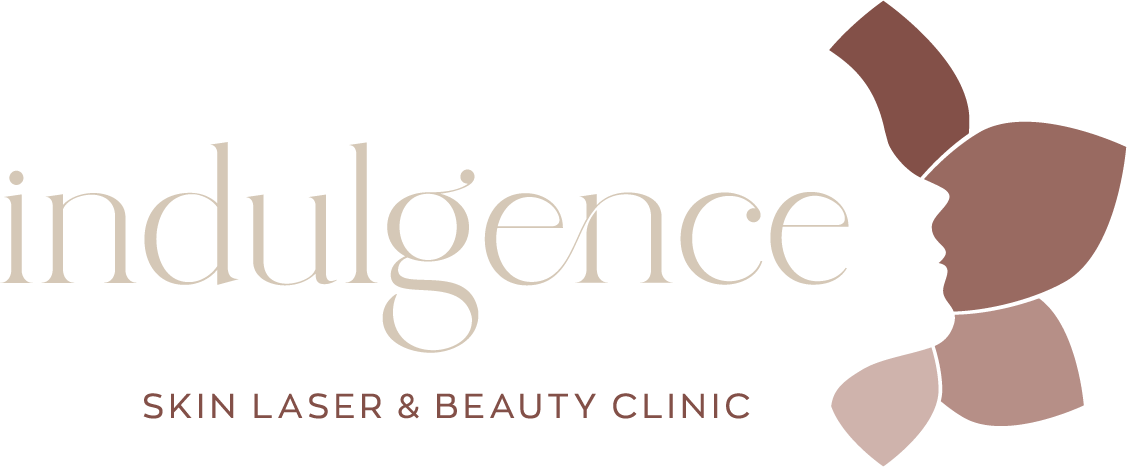
Thought we’d share with you this great read on the benefits of exfoliation published by our product partner, AlumierMD.
AlumierMDs products are formulated with an approach to clean science and they source ingredients from sustainable and ethical suppliers.
Exfoliation: The Breakthrough Step You Need For Glowing Skin
“I love it when my skin looks dull, dehydrated and lacking radiance,” said no one, ever.
Often, dull skin is caused by pollutants, make-up and dead skin accumulating on the skin leading to dullness and breakouts, stealing your skin’s natural glow but a good buff comes with the promise of revealing a glowing, brighter complexion underneath!
Why do you need to exfoliate?
The outermost layer of skin is where the dead skin cells gather and eventually shed naturally. As we age, our rate of natural exfoliation slows down, and sometimes, they just need that little helping hand to let go.
Exfoliating can do wonders for your skin – if you do it right. Unfortunately, there isn’t a single skincare potion that will give you the glowiest skin of your life, however understanding the diverse types of exfoliation and which is best for your skin is KEY to getting maximum results and that glowy, dewy skin.
Exfoliants are your friend
There are two types of exfoliation: physical exfoliators, like beads, blades or buffers, which physically remove the dead skin cell whilst chemical exfoliators, often liquids, loosen the bonds that keep dead skin cells attached and can even get inside the pores too.
Chemical exfoliators mimic our natural exfoliation by gently dissolving the velcro-like bonds that keep dead skin cells attached to the face and body by dropping the skin’s pH. Acidic ingredients like Alpha Hydroxy Acids (AHA), lactic acid and/or fruit enzymes are used to exfoliate dead skin cells and promote skin renewal, minimizing the appearance of fine lines, wrinkles, and discolouration. Think AlumierMD Enzymatic Peel and AHA Renewal Serum), both clarifying formulas with an Alpha Hydroxy Acid. In the hours and days that follow, the dead cells naturally come away.
Physical exfoliators for smooth skin
Remember when we said earlier that a good buff comes with the promise of revealing a glowing, brighter complexion underneath? Mechanical products contain rough granules or beads that buff away skin cells, so if you have sensitive skin that needs something gentle and less abrasive, or you want an instant deep-cleansed effect, this kind of scrub can have a place in your routine. Enter MicroDerm Polish, a microdermabrasion formula that actively exfoliates and retexturises the skin and is rich in skin conditioning agents to maintain the skin’s natural barrier. It also has 100% natural/bio-degradable beads – just saying.
Exfoliation is KEY to looking fresh-faced. However, winter and summer exfoliation need to differ a little. During summer, your skin is getting increased exposure to the elements thanks to rising temperatures, stronger sun and summertime heat.
Your skin’s sun sensitivity can increase from exfoliation, so if you work outside, or are planning to spend a few days on a vacay or staycation, we always recommend a consultation with a skin professional beforehand. This way, you get exactly what your skin needs and detailed advice on what, when, and how much to use, it’s a personalised regime that leads to your skin looking and feeling amazing every day.
tiredekyes
AlumierMD MicroDerm Polish
MicroDerm Polish is an invigorating microdermabrasion formula the actively exfoliate and retextures skin to uncover a smooth, refreshed and glowing complexion. It’s rich in skin conditioning agents that work continuously to maintain and protect the skin’s natural hydro lipid barrier.
-
Increases skin cell turnover
-
Smoothes skin and improves pore-size appearance
-
Evens skin tone and texture
Need a more intense exfoliation? Book Your Free Chemical Peel Consultation Today
-
Performed by qualified clinical nurse
-
Minimal downtime
-
Free consultation




